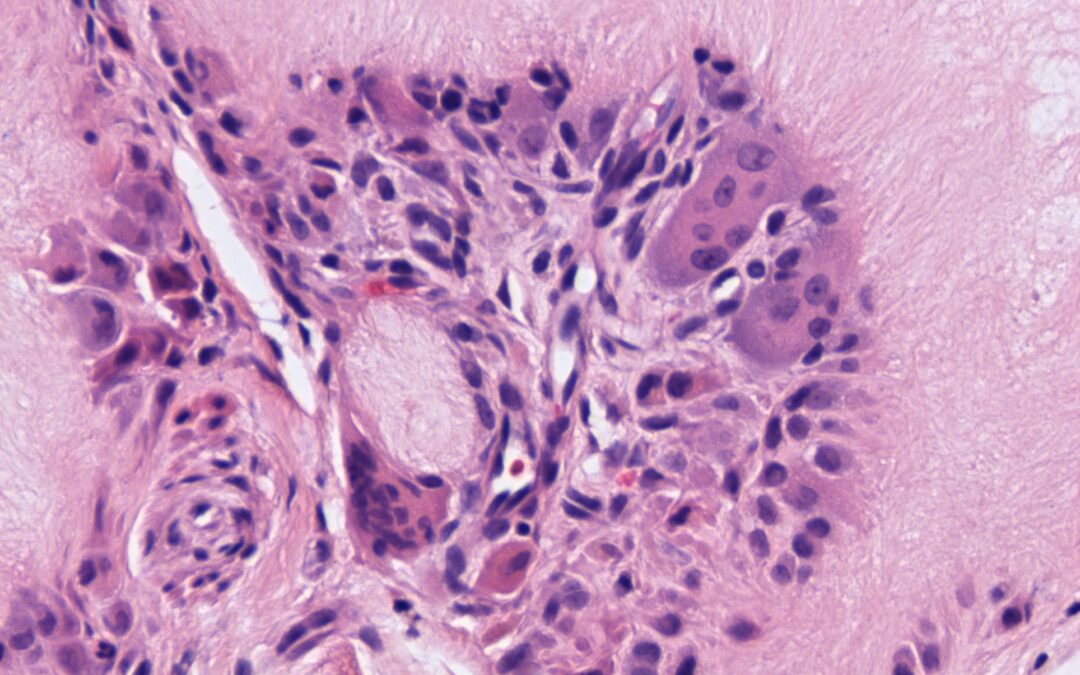Cancer cells differ from normal cells in the human body in many ways. Normal cells become cancerous when a series of mutations leads the cell to continue to grow and separate from the other cells and become out of control. In a kind of way, a cancer cell is a cell that has achieved some sort of immortality. Unlike normal cells, cancer cells remain within the region where they began. They have the ability to invade nearby tissues and spread to distant regions of the body. This is where the types of cancers are determined.
Types of Cancer Cells
As there are many types of cancers, there are also many types of cancer cells. Of the 100 plus types of cancer, most are named after the type of cancer cell where it began.
Carcinomas are cancers that arise in epithelial cells that line bodily cavities.
Sarcomas are cancers that arise in mesenchymal cells in bones, muscles, blood vessels and other tissues.
Leukaemia’s, lymphomas, and myeloma are ‘blood-related cancers’ that arise from the bone marrow (leukaemia’s and multiple myelomas) or the lymphoid tissues (lymphomas) and are fed by nutrients within the bloodstream and lymph fluid.
Cancers may behave very differently from one another, but not all cancer cells behave the same way. There are many important factors between a cancer cell and a non-cancerous cell. This includes:
- Growth
- Ability to invade nearby tissues
- Ability to spread to other regions within the body
- Immortality
At a glance, a cancer cell:
- May keep on growing
- May invade nearby tissues
- May spread to other areas of the body – primary and secondary
- Can be immortal
At a glance, a normal cell
- Grow when needed
- Stay within tissue boundaries
- Stick to nearby cells
- Have defined lifespan

